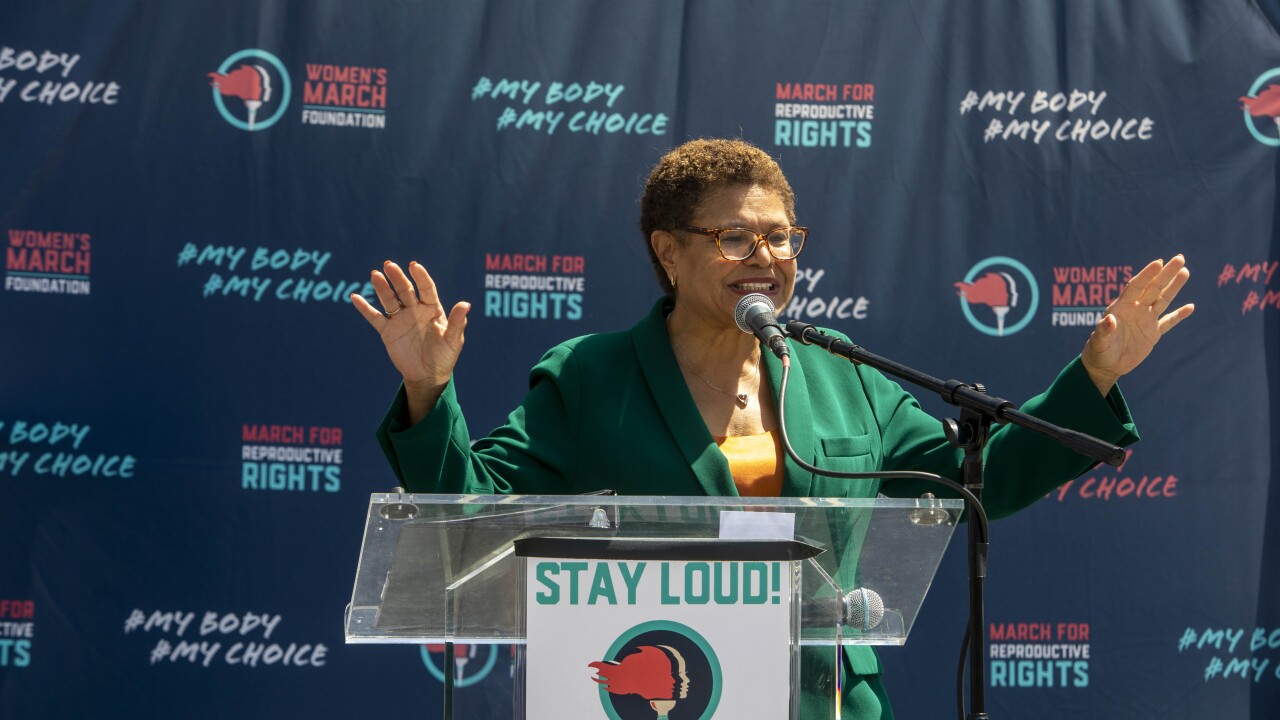Connecticut Gov. Dannel Malloy is developing a plan to operate state government should a budget not materialize by June 30, the end of the fiscal year.
Malloy met with legislative leaders Wednesday morning over the state’s projected $5 billion gap for the biennial spending plan of $39.4 billion for fiscal 2018 and 2019.
The governor, in a letter to lawmakers, said that while he prefers a budget in place, his administration is developing contingencies based five principles:

Connecticut should not increase its projected deficit; should allocate funds to support its most essential health, safety, and human services; consider the fiscal capacity of municipalities; comply with mandates such as the Municipal Revenue Sharing Account and Medicaid programs; and honor tentative collective bargaining agreements while they are under consideration by state employees and by the General Assembly.
Malloy expects to release a detailed plan before June 30.
“Operating state government through executive authority is not my preferred method, but in the absence of a biennial budget from the legislature I must prepare contingency plans,” he said.
Labor concessions are a major talking point. Malloy, a Democrat, wants $1.5 billion in concessions over two years but Republican leaders are pushing for a higher amount.
The state Senate is split 18-18 while Democrats hold a 79-72 advantage in the House of Representatives.
Connecticut’s budget imbalance has spurred six rating-agency downgrades in little over a year. Connecticut, Illinois and New Jersey are the only states with ratings below double-A.
Moody’s Investors Service rates the state’s general obligation bonds A1, while Fitch Ratings and Kroll Bond Rating Agency assign AA-minus ratings. S&P Global Ratings assigns its A-plus rating.
Moody’s, which downgraded Connecticut in May, affirmed its rating on Wednesday in advance of the state’s $300 million sale of Series 2017C GOs. Connecticut intends to sell the bonds as variable-rate debt in a private placement with Barclays Capital.
“Connecticut’s budgets have been structurally unbalanced for years, including FY16,” Nuveen Asset Management said in a recent commentary. “The state has resorted to various one-time solutions, such as deficit reduction bonds, bond premiums or debt restructuring to plug these gaps.”
On Tuesday, Office of Policy and Management Director Benjamin Barnes projected that the state will end fiscal 2017 with a $107.2 million deficit. That’s an improvement, he said, of $215.5 million forecast last month.
The state will cover the shortfall out of its rainy-day fund.
This change, said Barnes, is due to $93.3 million in revenue transfers from a deficit-mitigation bill, $54.3 million in other revenue improvement and $67.9 million in reduced expenditures.
Barnes also projected an operating deficit of $47.1 million in the special transportation fund.
His office revised anticipated revenues downward from last month’s forecast by $13.3 million “as various sources continue to underperform their target.”
The largest decline, he said, is in motor vehicle receipts, down $6 million; all other revenue changes net to a negative $7.3 million.





